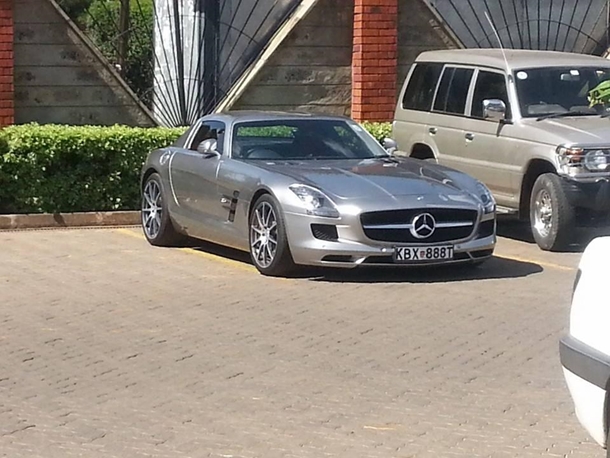Ladies how many times have you caught a guy staring at you from his ride as he tries to lure by winking at you and you too gentlemen how many times have you driven behind a lady who’s so confused as to whether she’s turning into that clothes shop or not, well doesn’t happen a lot but it still happens. We gave you the various causes of accidents and now here are some of the Do’s and Dont’s of Driving.
Before you leave your house of office or any where you might be:
Have a clear Head
Make sure you always have a clear head before deciding to operate a motor vehicle. Alcohol and certain drugs, both illegal and legal, can severely impair your driving skills. Many prescription and over-the-counter medications can cause dangerous drowsiness. Make sure you read and obey the warning labels there for a reason. Consult with your doctor or pharmacist if you have any questions or to ask about medications for your condition that don’t cause drowsiness. Get a good night’s rest and don’t drive for long stretches without a break. If you are tired, don’t risk the safety of yourself and others on the highway by trying to drive. Just as with alcohol-designate a driver or choose another means of transportation such as taxi cab or public transportation.
Try limit Driving alone when tired
Driving with someone else in your vehicle can increase your overall alertness. It is well recognized that when driving alone, especially when sleep deprived and at night, your chances of a crash are dramatically increased.
Plan Ahead
Do not leave the house or office without knowing where your going or the route you plan to use for the day to go where you are going. Many people leave the house without knowing their next destination and how they are going to get there, many of us in our busy days are in a hurry to get where we are going. By allowing extra time we can be more relaxed when operating our vehicles and thereby cut down on the incidences of road rage, such as excessive speeding, tailgating and weaving in and out between cars.
While driving
Avoid taking your eyes off the road, by eliminating any possible distractions ahead of time. Before setting out on a drive, be sure that important items are within easy reach, sunglasses, maps and directions etc do not text while driving or respond to a text or phone call, if necessary pull over to the side of the road.
Be alert to signs of fatigue
If you start to feel tired when driving pull over in a safe area and let someone else drive. If you are alone, pull into a safe location such as a well lit rest stop and take a short nap or get out of the car and walk around for a few minutes. Stop as often as necessary. When traveling on long trips, eat light. Large, heavy meals can make you drowsy.
Practice common sense Safety Precautions
Always wear your safety belt and make sure all your passengers are buckled properly, even on short trips. If traveling with children, educate yourself on the many kinds of child safety seats and restraints. Choose which system is best for your child and always follow the directions. Make sure children ages 12 and under are always buckled up in the back seat, the safest place to ride.
Finally
Relax
No pressure, avoid aggressive driving by relaxing and having patience. By not being in such a rush to reach your destination you will be a calmer person and won’t need to speed and run red lights. A yellow light means slow down, not speed up. Always stop at red lights.






![Top 20 Used Cars to Avoid Buying in Kenya – [PHOTOS]](../../../blog/wp-content/uploads/2013/11/top-used-unreliable-cars-to-avoid2-80x60.jpg)
![Top 20 Used Cars to Avoid Buying in Kenya – [PHOTOS]](../../../blog/wp-content/uploads/2013/11/top-used-unreliable-cars-to-avoid2-100x70.jpg)






